
AeroGenie - مساعد الطيار الذكي الخاص بك.
الرائج الآن
Categories
Global Aerospace Discusses the Importance of Aviation Products Liability Insurance for the Supply Chain
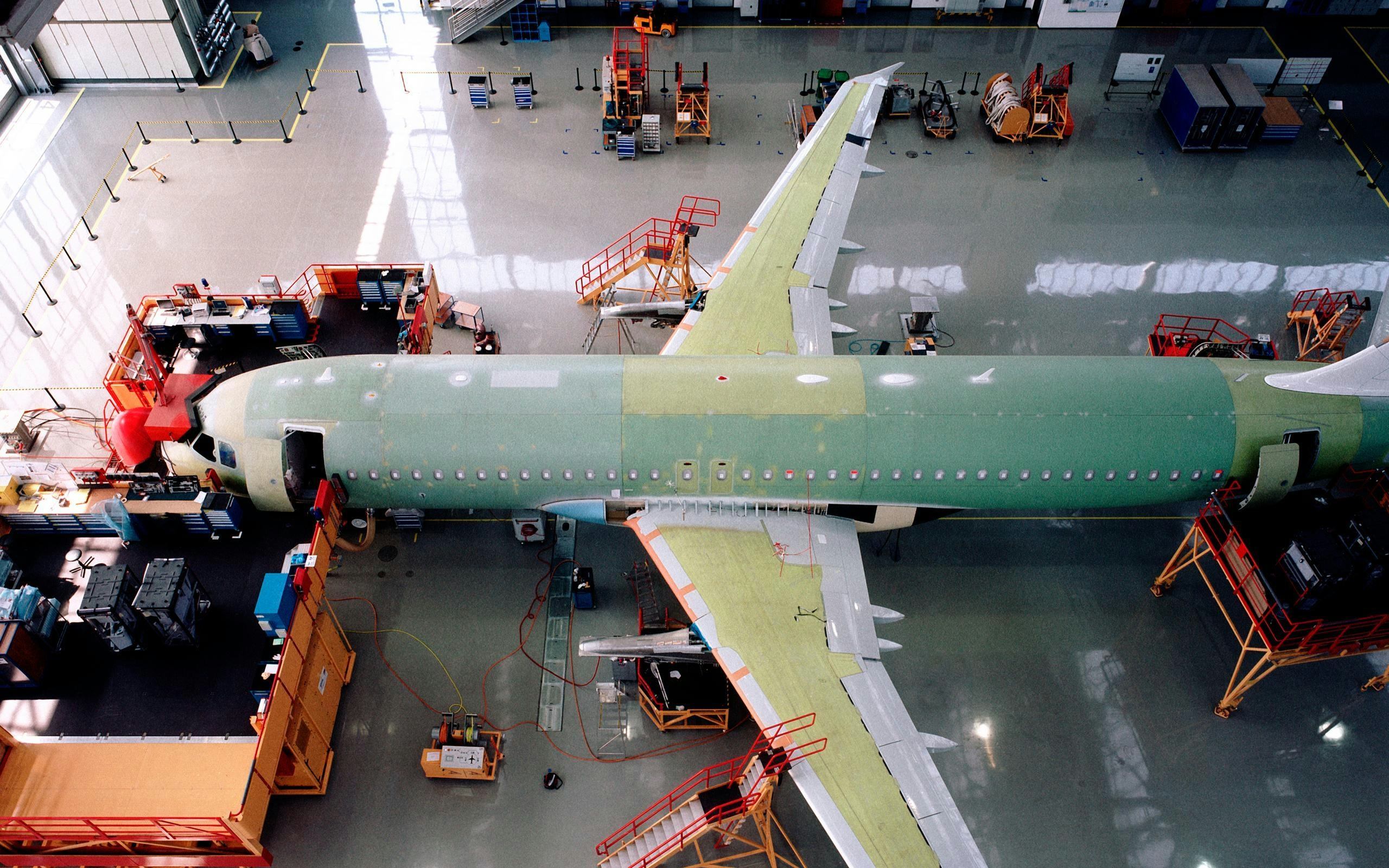
Global Aerospace Highlights the Critical Role of Aviation Products Liability Insurance in the Supply Chain
“Aviation in itself is not inherently dangerous. But to an even greater degree than the sea, it is terribly unforgiving of any carelessness, incapacity or neglect,” observed Captain A. G. Lamplugh in 1931, former Chief Underwriter and Surveyor at the British Aviation Insurance Company, the predecessor to Global Aerospace Underwriting Managers Ltd. This statement underscores the unforgiving nature of the aviation industry, where precision and accountability are paramount.
In the aerospace sector, every participant—from manufacturers to maintenance providers—bears significant legal responsibilities. Should a product or service affect an aircraft’s performance and result in an accident, those involved may be held liable for injury, death, or property damage. The complexity of the aviation supply chain further intensifies this exposure, as product liability laws can implicate airframe designers, component manufacturers, distributors, and repairers alike.
Rising Legal and Financial Pressures
In today’s increasingly litigious environment, legal actions following an incident often target every entity involved in an aircraft’s construction or maintenance. Even in the absence of proven negligence, the costs associated with defending such claims can be substantial. High-profile passenger aircraft accidents attract intense global media scrutiny, amplifying reputational risks for operators and manufacturers. Although settlement amounts for wrongful death lawsuits vary widely, the potential for significant liability awards remains a persistent concern within the industry.
Risk Management and Insurance Solutions
Effective risk management in aviation begins with the identification and mitigation of potential exposures. While companies may seek to limit liability through contractual arrangements, most rely heavily on aviation products liability insurance to transfer risk. These policies typically cover damages arising from bodily injury or property damage caused by component failures. Additionally, they may include grounding liability coverage, which protects against financial losses if aviation authorities ground a specific aircraft type following an incident.
From an insurance perspective, an aviation product encompasses not only completed aircraft but also any parts, tools, training aids, manuals, or engineering data supplied for installation or use in connection with an aircraft. This broad definition reflects the intricate nature of the aerospace supply chain and the diverse range of products and services that require protection.
Market Challenges and Evolving Risks
Global Aerospace, along with other industry players, faces mounting challenges amid shifting economic and geopolitical landscapes. Rising interest rates and inflation have the potential to dampen demand for aerospace products and services. Meanwhile, geopolitical conflicts, such as those in the Middle East, pose risks of supply chain disruption. These factors have prompted increased scrutiny of supply chain resilience and insurance coverage across the sector.
In response, competitors may adjust pricing strategies or enhance their insurance offerings to maintain a competitive edge. For aerospace companies, staying ahead requires not only managing traditional liability risks but also adapting to evolving market pressures and ensuring robust insurance protection throughout the supply chain.
As the aerospace industry navigates these complex legal, economic, and geopolitical challenges, aviation products liability insurance remains a cornerstone of effective risk management. Comprehensive coverage is essential for safeguarding businesses against the unpredictable—and often unforgiving—nature of aviation risk.
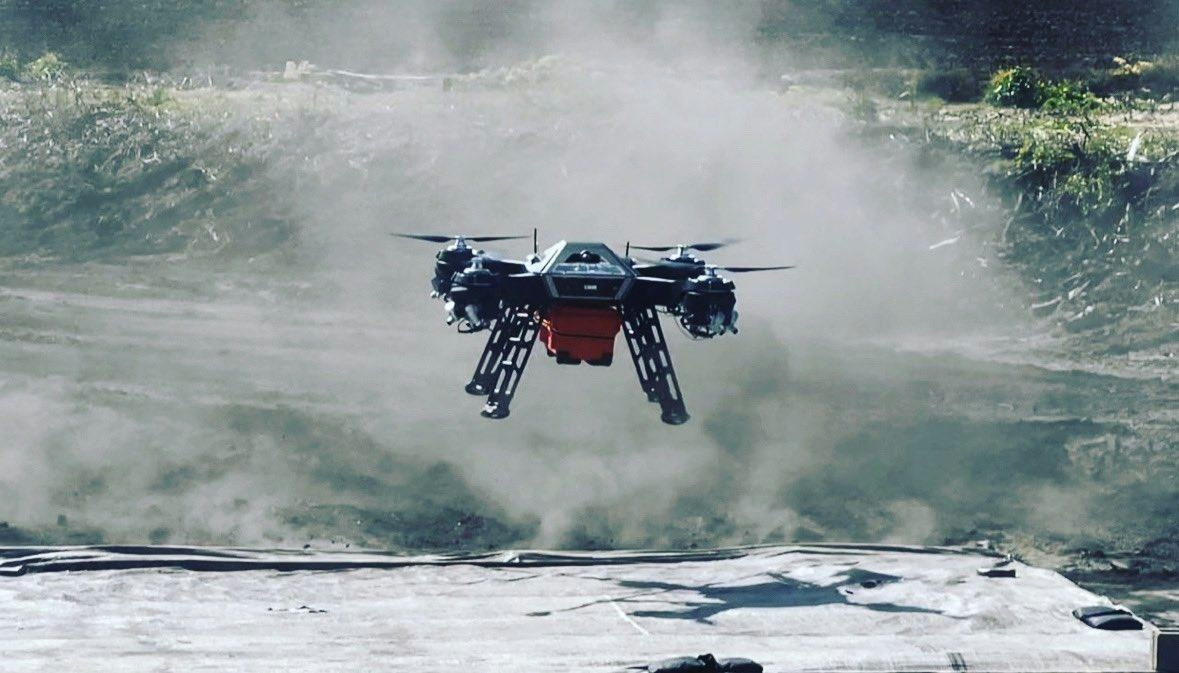
Parallel Flight Technologies and the Role of Hybrid Power in Uncrewed Aviation
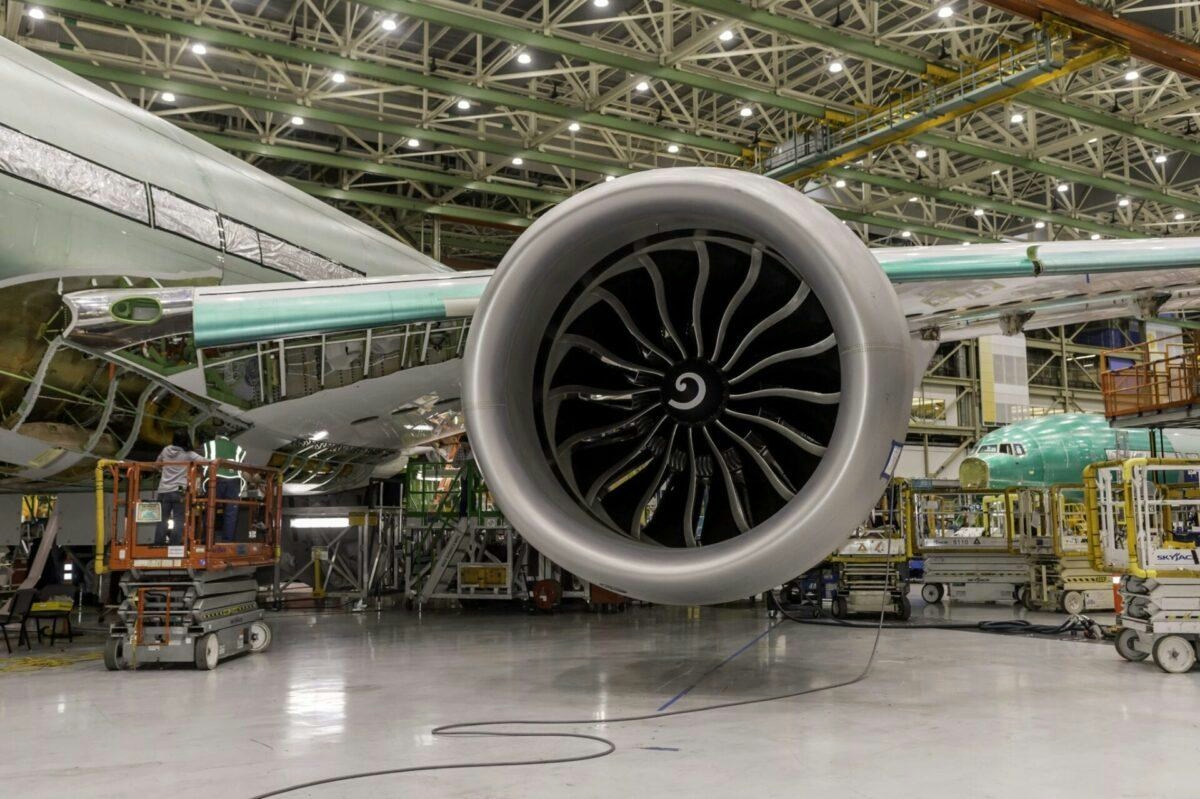
2026 Rolls-Royce UltraFan Engine: Raising the Bar for Performance, Efficiency, and Sustainability in Aviation
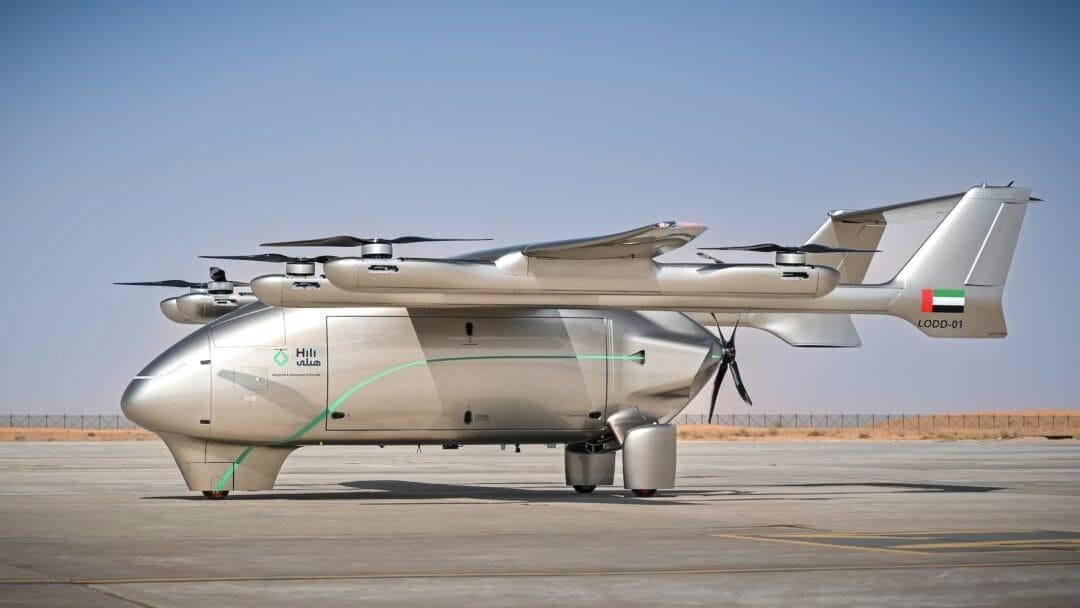
LODD Autonomous Completes First Test Flight of Hili Aircraft in Al Ain

Bhogapuram International Airport in Andhra Pradesh to Feature World’s Largest MRO Facility

PXCom Unveils AI Tool for Onboard Server Updates at APEX FTE Asia Expo

Turkey Blocks Delivery of Apache Helicopters to India
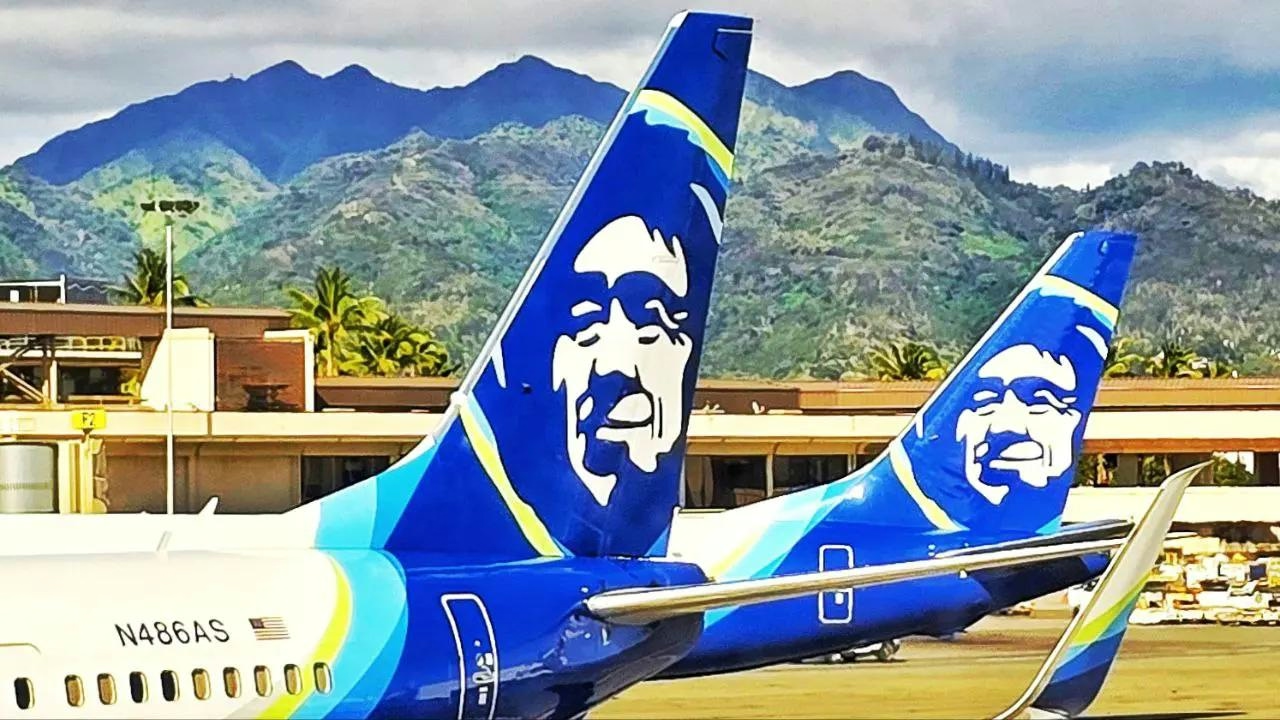
Alaska Air Announces Changes in Maintenance Leadership
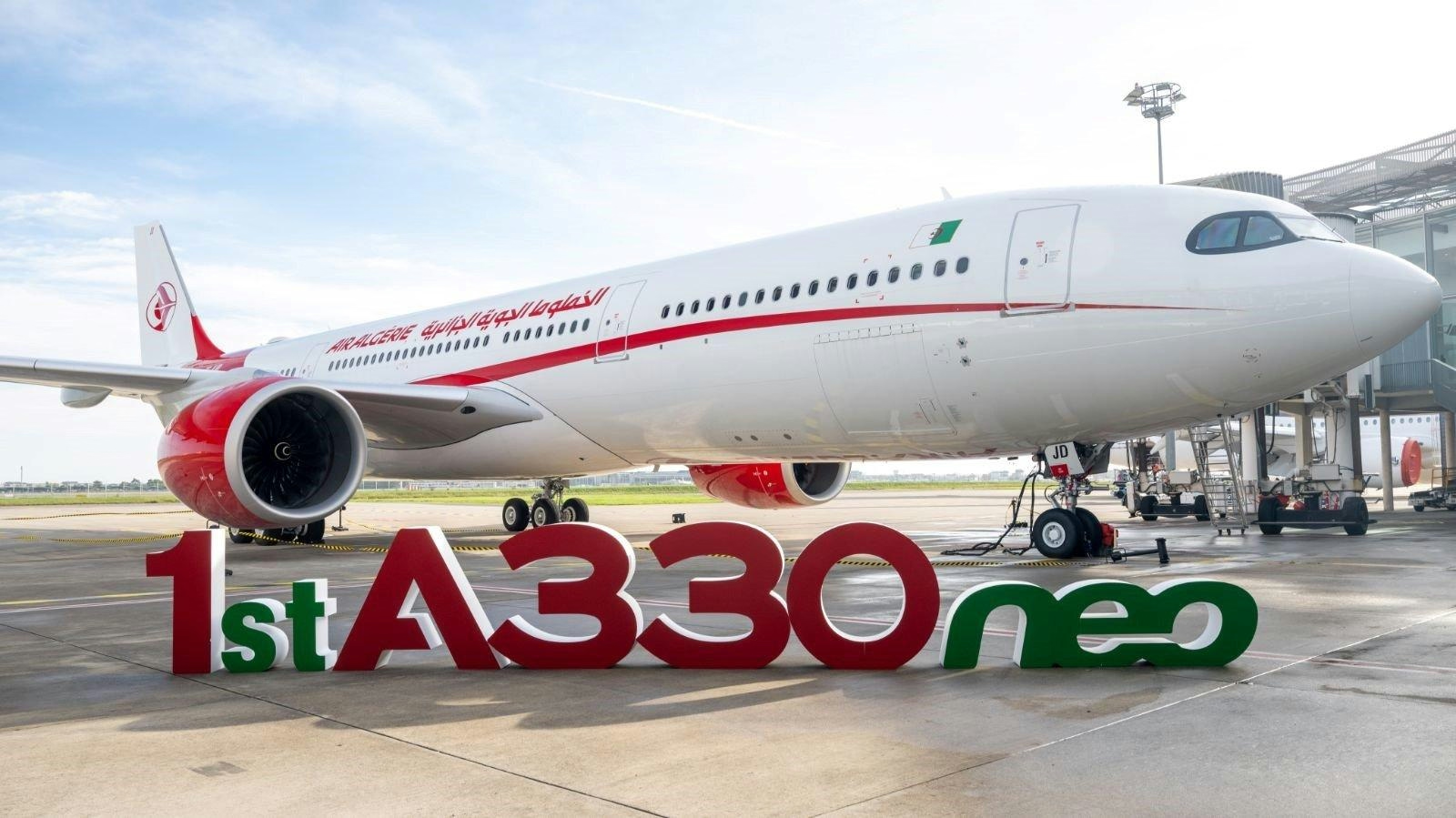
Air Algérie Takes Delivery of First Airbus A330-900
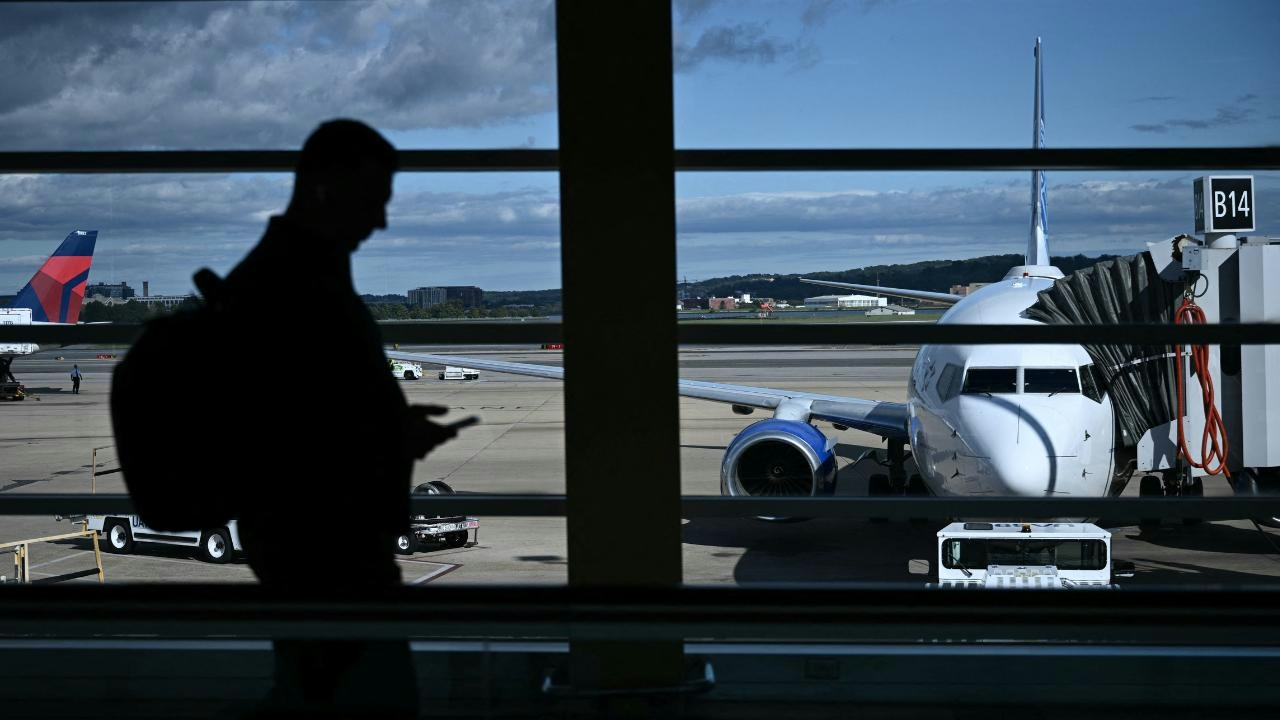
Airlines Prepare for Disruptions Amid Government Shutdown Ahead of Holidays
